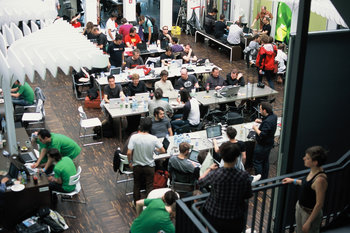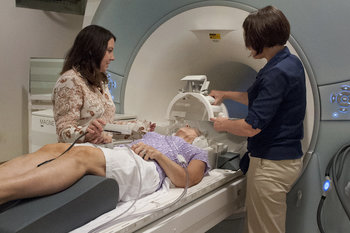

Data Sets
A salesperson tracks their contacts in an annotated spreadsheet.Documents
A market research initiative produces a document rich with qualitative data about how customers perceive brands and products in a product category.Schedules
Each morning a warehouse manager gets an automatically generated report that indicates the outbound and inbound deliveries for the day.Reports
An executive gets a weekly report that indicates the efficiency and productivity of a production line.Systems
A banking system performs automatic reconciliation for a day's transactions. The system is installed on a single machine with failover in the bank's data center.Applications
A graphics designer produces media and content using software installed on a laptop.Databases
A mid-sized firm runs dozens of local databases to support systems, applications, data analysis and visualization. It is not uncommon for a large firm to have hundreds of databases in a small data configuration.Files
A family stores their personal files such as photos and videos on local storage devices with a few backups.Notes
Small data was previously simply known as data. The modern term is used to distinguish between traditional data configurations and big data. It can be argued that small data still produces far more economic output than big data as many industries are mostly operated using systems, applications, documents and databases in small data configurations.| Overview: Small Data | ||
Type | ||
Definition | Information that is small enough to be processed by a single machine or understood by a single individual. | |
Related Concepts | ||























